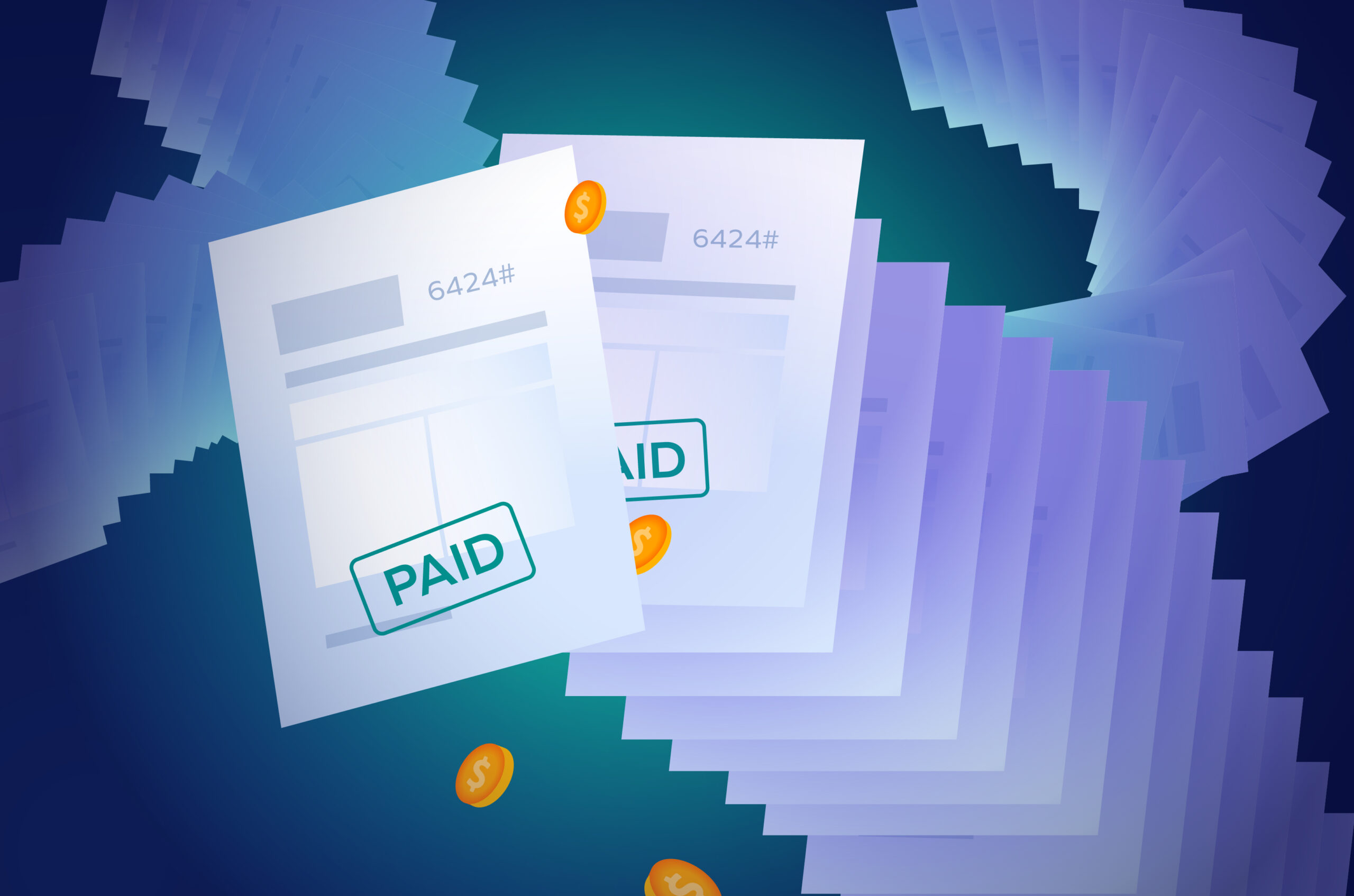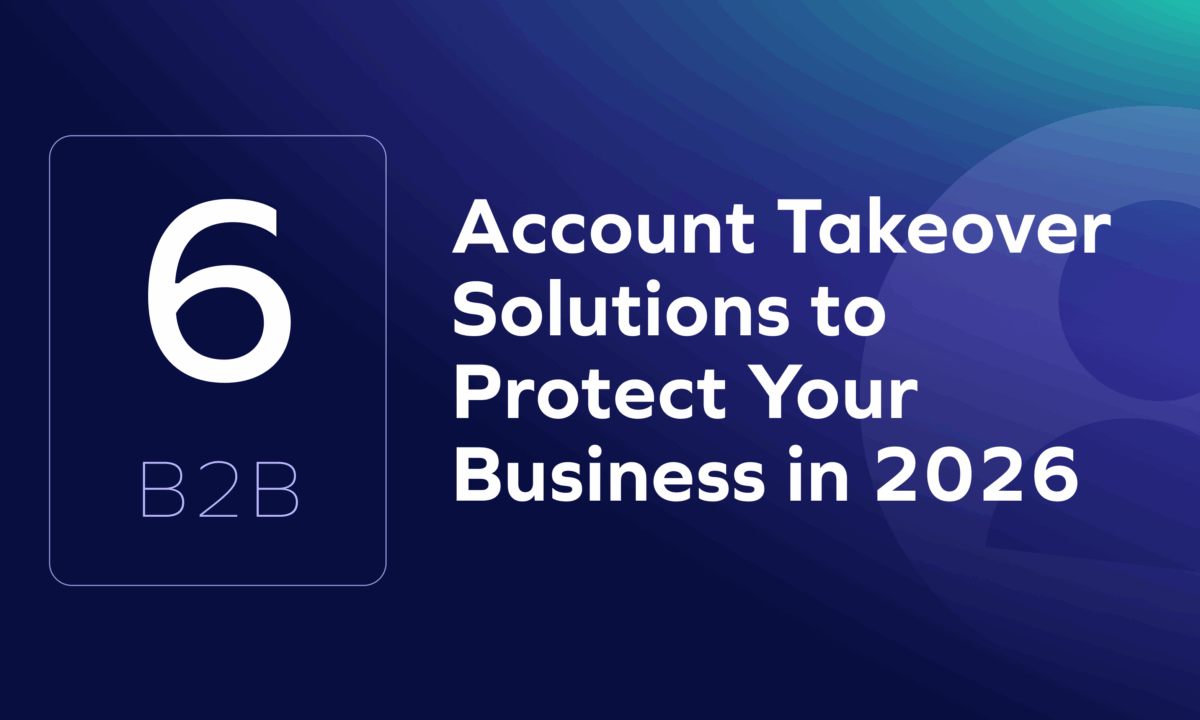We talk a lot about fraud here at Trustmi, but that’s not the only issue impacting business payments. In fact, there are many more challenges beyond fraud and cyberattacks that Accounts Payable teams constantly encounter and need to handle that cause financial losses, namely, human errors. We can all relate to this because mistakes happen whether we like it or not. Human error is inevitable, unintentional, and unpredictable, which are three characteristics that make it particularly difficult to prevent.
When we attended the Institute of Finance & Management (IOFM) APP2P Fall Conference and Expo last November, we had the opportunity to speak with several AP professionals and finance folks, and they all touched on similar themes to what we’ve been hearing from finance leaders in the market. These themes centered around the depth and breadth of errors that occur specifically in the areas of invoice processing and vendor payments. There are plenty of statistics to share, but one that resonated with us from one presentation is that 1%-3% of company budgets are lost to financial errors every year, though this number could be higher. Most people know errors in business payments are a problem, but some seem to accept this as a “cost of doing business.” And it shouldn’t be. It’s time to rectify this misconception and rethink how we view mistakes when it comes to the vendor payment process.
Fraud is scary, but mistakes in matters of finance are equally so. In this next series of blog posts we decided to examine some of the different types of errors that often happen throughout the B2B payment process, starting with one of the most common and confounding: duplicate payments. We’ll also look at how technology can assist in proactively eliminating these types of errors so that businesses can better protect their bottom line.
Double Payment Trouble
No company wants to pay the same invoice twice, but it happens. It’s a struggle for finance teams that don’t have the capacity to meticulously review every invoice and payment. The impact is big and happens more frequently than most companies realize. Some estimates from past APQC Open Standards Benchmarking® Accounts Payable surveys reveal that duplicate payments represent .8%-2% of total spend or disbursements. Other estimates put this number even higher. This doesn’t seem like much, but let’s put this in the context of a large enterprise business where this could amount to losses of hundreds of thousands if not millions of dollars a year to duplicate payments alone, not counting other errors and fraud. We’ve heard in conversations with some companies that they have found up to 30% of their incoming invoices are duplicates, with many other companies saying this number fluctuates between 5%-20%. Even though these duplicate invoices might not all result in actual payments, these numbers serve to illustrate the high risk of potential duplicate payments.
Sometimes duplicate payments are caught and rectified so the funds are recovered. But this takes up the AP team’s time and pulls their attention away from other important work. It also costs money to fix these errors. There are times where duplicate payments go undetected and are only uncovered later in a recovery audit, which again, wastes time and money by having processed these unnecessary double payments in the first place and then spending time on a costly recovery audit process. Sometimes duplicate payments aren’t caught or go unnoticed for a long time. This directly impacts the accuracy of the company’s accounting records and can adversely affect the company’s finances. Chasing down and reversing duplicate payments comes at a high cost financially, in addition to the losses those payments can cause if undetected. A little research and price comparison reveals that fees from recovery auditors can really add up as well. Some recovery auditors, in addition to a fee, charge commission based on the amount recovered, or they request a strait commission that can fall between 10%-40% of the recovered funds. No matter the scenario, duplicate payments cannot be considered just another “cost of doing business” because the cost is so high. Eliminating duplicate payments is a must.
Why You’re Getting Duped
Duplicate payments can happen for many reasons related to people and technology. Sometimes invoices are sent through multiple communication channels and addressed to multiple people in different formats, which causes confusion. The vendor payment process involves a lot of steps with a lot of communication across teams and different points of contact at vendors, so it’s no surprise that an invoice might get sent twice, and consequently, both versions get put through the payment approval process separately. Sometimes a vendor accidentally submits a payment twice because of the length in payments terms. In other cases, the manual nature of AP processes can result in there being duplicate vendor entries in the ERP system. Or, some companies might have multiple ERP systems, which could lead to duplicate vendor files that result in two payments because the AP team doesn’t realize the vendor was already paid. There is also the case where an employee may override controls within an ERP to pay an invoice not realizing that it was already paid, which we’ll examine further when we discuss overpayments.
The lack of visibility in the AP process is another culprit that can cause errors. The AP process at many businesses today is a black box, where no one really sees the entire picture or can confidently say they are sure what has and hasn’t been paid. Then, of course, there’s the risk of internal collusion and fraud, where someone familiar with the process exploits the weak links and vulnerabilities inherent within the payment workflow due to its manual nature and reliance on human intervention. The internal bad actor can use their experience and knowledge to submit multiple invoices that result in duplicate payments. At the end of the day, wherever there is the potential for human error, there will always be a risk of fraud.
Eradicate the Duplicates
How can duplicate payment errors be avoided? Using a centralized system is important because it can provide visibility into the payment process and enable the people involved to see what’s going on with all the payments. Trustmi provides global visibility across the entire payment workflow including the invoices being paid, all the vendors and internal approvers, and all the different steps within the process.
Our platform captures a digital fingerprint of each vendor so that it knows how that vendor has been paid in the past, the past amounts, the timing, and all other related payment information. If a payment deviates from the past pattern for that vendor, our platform will flag that something is afoot. As a very simple example, let’s say two identical vendor invoices are submitted within a week of each other but this vendor is only paid every 6 months, our platform would flag this as a deviation from the normal payment pattern for that vendor. Our platform would also detect that these invoices are the same and would flag the duplicate before payment is made.
Our technology leverages automation to provide efficiency and remove manual work from the payment process. This is particularly critical when it comes to error-prone data entry work like vendor creation and change processes. Furthermore, by having vendors use our vendor onboarding platform, businesses can enforce rules for vendors to securely upload their invoices through our system, which can verify the invoice and ensure it won’t be paid twice. Our system also helps businesses to enforce controls and rules for the systems involved in their payment process to eliminate the issue where employees attempt to override existing controls.
There are many more benefits of our product to enumerate in this area, but we’ll save some of those as we dive into overpayments in our next post. The simple fact is that our payment security capabilities allow businesses to rest easy knowing our platform will catch the duplicates and protect against duplicate payments.
To learn more about how Trustmi prevents duplicate payments and can plug those nasty financial leaks for your business, get in touch today.










